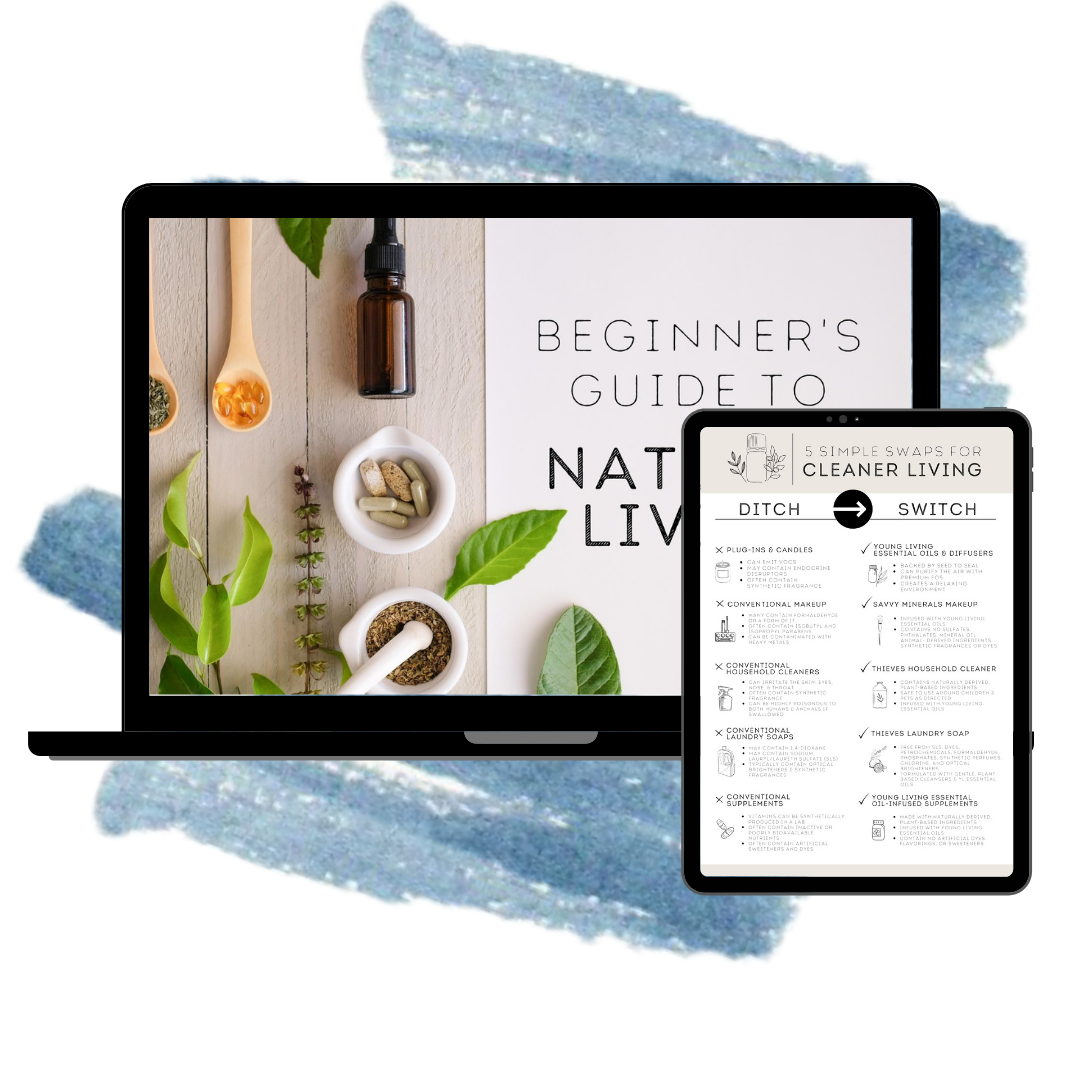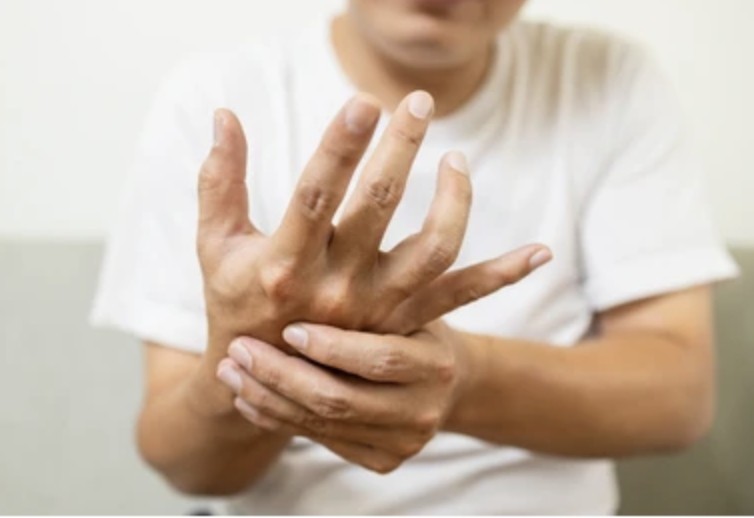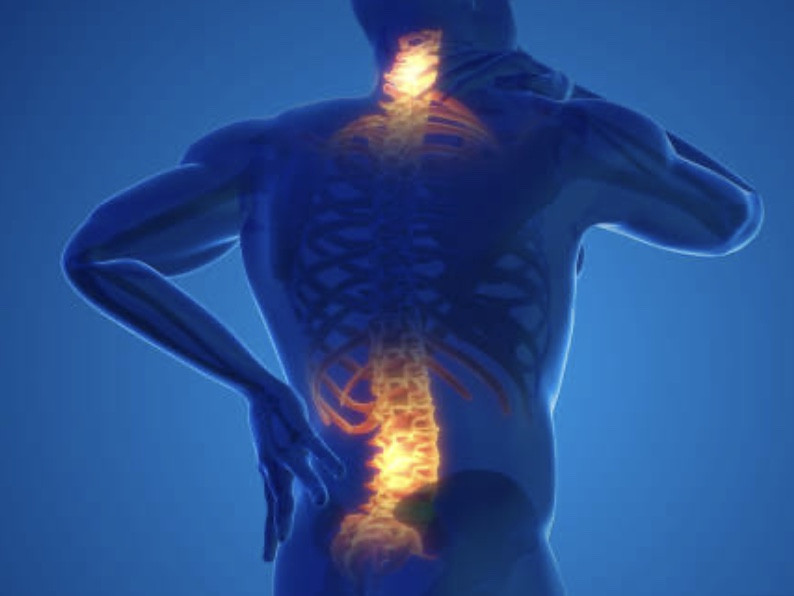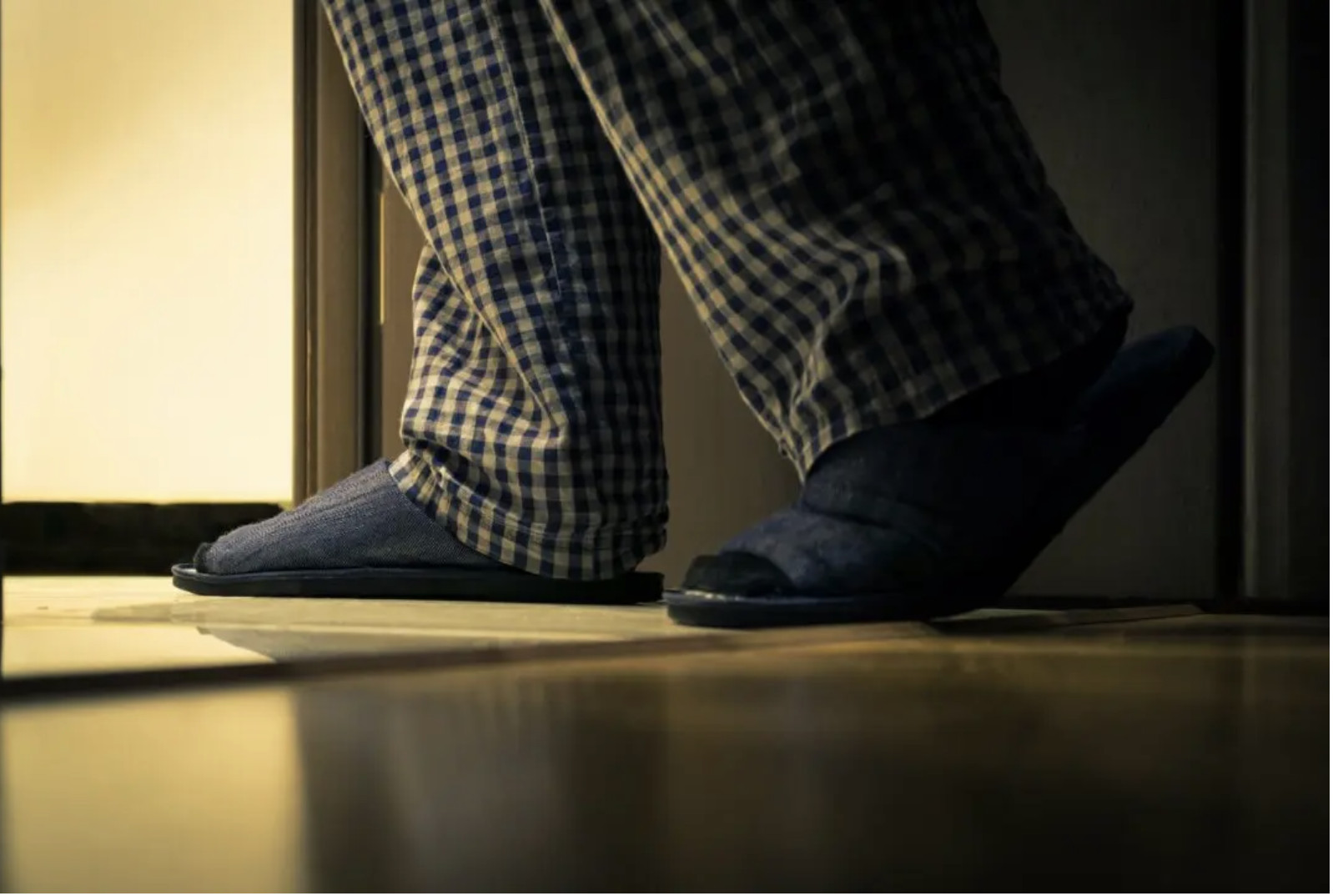
Step into the cozy embrace of autumn, where vibrant leaves dance whimsically in the crisp air and the aroma of pumpkin spice caresses your senses. But wait, dear reader, before you dive headfirst into the pumpkin-scented paradise, there's something sinister lurking beneath the surface. Yes, I'm talking about those toxic chemicals hiding behind the seemingly innocent label of "fragrance."
In this captivating blog post, we'll unravel the mystery of what truly lies behind the enchanting scent of pumpkin spice. Brace yourself for a flurry of surprises as we explore the shadowy realms of hidden toxins and their potential impact on your well-being. But fear not, for there is a secret weapon awaiting you. Young Living essential oils hold the keys to unlocking a toxin-free world of aromatic bliss, where the scent of pumpkin spice ignites joy without compromising your health. Prepare yourself for a pumpkin spice surprise like no other, as we unveil the transformative power of Young Living essential oils. Join us on this aromatic adventure and discover a whole new way to indulge in fall's favorite fragrance.
Starbucks Made Me Do It!
Starbucks introduced its autumn drink Pumpkin Spice Latte a few days earlier this year than last. Once that happens, we know we’re in peak pumpkin spice season.
That coffee drink’s success has spawned a host of other popular pumpkin spice products. One survey says Americans spend $500 million on pumpkin spice-scented or -flavored products every year.
In fact, it’s hard to get through the fall without running across a slew of pumpkin spice consumer products. Pumpkin spice is so popular because it triggers our associations with fall – holidays, family, and leaves changing color.
The problem with pumpkin spice products is often the same as with other scented and flavored consumer products, including cleaners, cosmetics, food, and more: They contain little – or none – of the substance they smell or taste like.
Question: Do you use "Candles" to give your house the "Pumpkin Spice Smell"? Continue reading.....
Pumpkin spice chemicals
So where does that delicious scent really come from? Chances are the “pumpkin spice” derives from a mix of dozens or hundreds of artificial and synthetic chemicals known as volatile organic compounds, or VOCs.
This class of chemicals includes terpenes and terpenoids like limonene, cinnamal, and vanillin, among others. Others may be found as contaminants. Many foods and consumer products are flavored or scented with pumpkin spice. Some of the most common pumpkin spice-scented products may be items used to “clean” the air, including air fresheners, diffusers, plug-ins, air sanitizing spray, scented candles, and mists.
What’s the cause of that scent?
VOCs may hide on product labels under the word “fragrance,” or “parfum,” which are usually made up of a proprietary mix of chemicals numbering sometimes in the thousands. *One study found that 134 household products with fragrances emitted potentially harmful and cancer-causing compounds. The study included 12 air fresheners.
But manufacturers aren’t required to disclose the full list of ingredients in fragrance. So it’s anybody’s guess what’s in it, and it often contains allergenic and hazardous chemicals, including some VOCs.
Flavors are used in foods but also in personal care products like lip balm and mouthwash. Fragrance can be found in other products, like perfumes and body sprays; hair styling products; all-purpose cleaners; disinfectants; and laundry detergents.
*Source: Environment Working Group
Causing Health Problems
Even if you can’t smell them, VOCs can cause a range of health concerns. Problems associated with VOC exposure include eye, nose, and throat irritation and headaches, nausea and vomiting, a loss of coordination, and even damage to the liver, kidney, and central nervous system. Symptoms are worse for people with longer exposures, such as those whose work puts them in frequent or long contact with the chemicals.
How to Protect Yourself
The federal government needs to do more to protect consumers from the potential health risks of fragrance. In the meantime, if you’re concerned about respiratory health and indoor VOC pollution, here are a few steps you can take.
- Research whenever possible. Many products used to scent the air aren’t required to disclose their ingredients, but you may be able to find information on brand or retailer websites.
- Keep your house clean. Rather than cover up bad smells, do the cleaning needed to get rid of them.
- Open windows. Indoor air is much more polluted than outdoor air. Bringing the outdoors in can help improve air quality.
The Secret Weapon!
At the beginning of this blog, I teased about a secret weapon to make my house smell like pumpkin spice without using any "fragrances" that could contain toxins. This secret weapon is four Young Living essential oils in a water diffuser. Thats it!
Pumpkin Spice diffuser blend: This blend is anything but basic. Cinnamon Bark, Bergamot, Cardamom, and Nutmeg work their aromatic magic, filling your home with the nostalgic scent of Granny’s famous pumpkin pie.
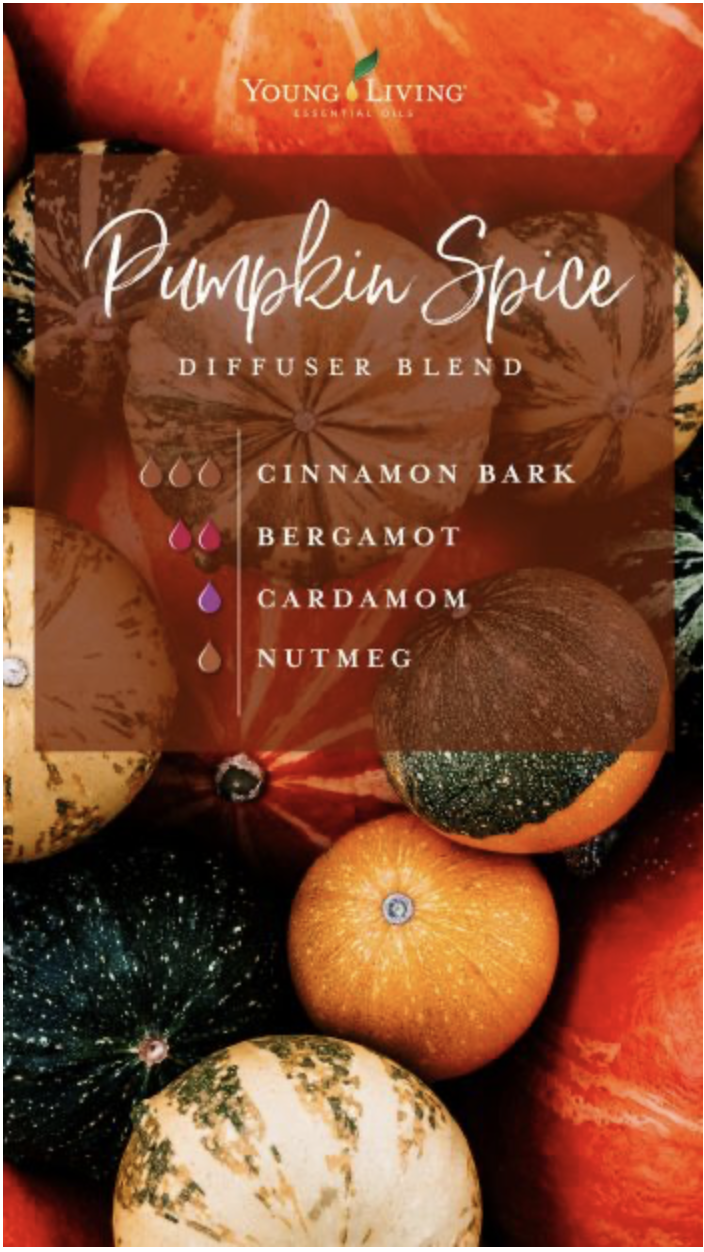
How do I get my house smelling like Pumpkin Spice, with toxic ingredients?
Well, first of all, ditch the candles and switch to Young Living essential oils and products.
If you are already a Young Living member, add these four essential oils mentioned above to your order...and if you need a diffuser....there are many to choose from!
If not, then by becoming a Young Living member through garyrathbun.com, you can not only access high-quality, pure essential oils and diffusers but also earn points towards free products and potentially enjoy a 24% discount on retail prices.
Summary
Thank you for taking the time to read my blog article about the hidden toxic chemicals in fragrance. I believe in the power of natural alternatives, which is why I recommend Young Living essential oils as a safer option for your home and personal care products. Take control of your health and join the Young Living community today!

Are you a gum lover? A chewer of the stickiest and sweetest treats? Well, hold on tight because I am about to reveal a mind-blowing discovery that will make you think twice before popping another piece in your mouth. Brace yourself for a journey into the dark side of chewing gum, where seemingly innocent ingredients may be doing some serious damage to your health.

Picture this: you're enjoying a sunny afternoon, strolling down the street, when suddenly the urge for a refreshing piece of gum hits you. You reach into your pocket, pull out your favorite brand, and pop it into your mouth. Little do you know that with every chew, harmful food chemicals may be infiltrating your system, potentially wreaking havoc on your well-being.
One of the most shocking discoveries made is the presence of titanium dioxide in some popular chewing gums. Yes, you read that right – the same ingredient found in sunscreen and paint is finding its way into your mouth! Research has shown that titanium dioxide is not as harmless as it may seem. In fact, it has been linked to serious health concerns, including digestive disorders and even potential harm to your DNA. Can you believe it? Your seemingly innocent gum could be silently harming your body!
Did you know?
- Titanium dioxide, Red Dye No. 3, and Green Dye No. 3 are banned from nearly all food uses in the European Union but remain legal in the U.S.
But that's not all. Brace yourself for another jaw-dropping revelation. Artificial food dyes, commonly used to make gum look more visually appealing, may be lurking in your favorite chewy indulgence. These colorful additives have been linked to a range of health problems, including hyperactivity in children, allergic reactions, and even potential carcinogenic effects. It's like a toxic rainbow lurking in every piece of artificially tinted gum – a truly sticky situation for your health!
Now, I know what you might be thinking. This information may be hard to swallow, but knowledge is power. As a well-informed consumer, it's crucial to be aware of the potential risks associated with the products we use daily. And fear not, because there is an alternative – a safer and more health-conscious choice that won't compromise your love for gum.
Young Living's Slique Gum offers a remarkable solution to this sticky situation. Crafted with all-natural ingredients and flavored with therapeutic-grade essential oils, these delicious treats not only freshen your breath but also leave you with a peaceful mind. They contain zero harmful chemicals, artificial dyes, or questionable additives – just pure and clean chewing satisfaction.
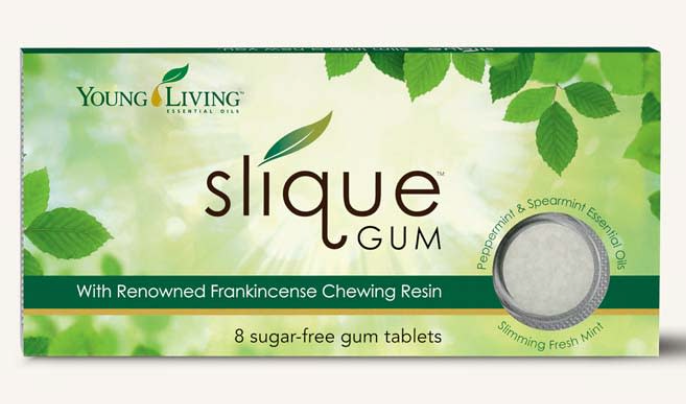
It's time to break free from the sticky grip of potentially harmful chewing gum and explore a safer, more beneficial alternative. Join me as we uncover the truth behind the gum industry and discover how making smarter choices can revolutionize your oral health and overall well-being.
So, are you ready to unravel the sticky situation with harmful food chemicals in your chewing gum? Stay tuned for more eye-opening insights, tips, and alternatives that will leave you more empowered than ever before. Trust me, this is an article you won't want to miss!
Remember, your health is in your hands – and in your gum choice.
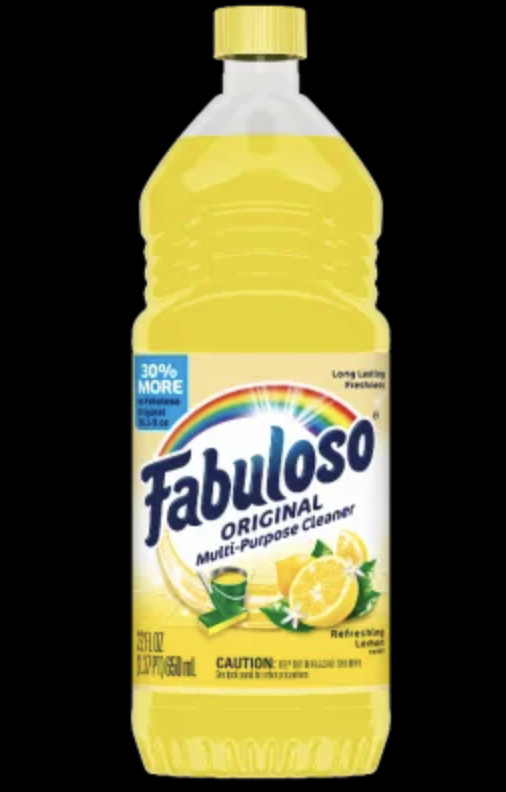
In February 2023, 4.9 million bottles of the popular cleaner Fabuloso were recalled by the Colgate-Palmolive company over bacteria risk in the U.S. and Canada. The full article can be found in the link below:
OK, so a lot of products are recalled....so.....why is this one important?
What caught my eye are two things:
1. A preservative was not added to the manufacturing process which led to the risk of bacteria growth. They did not disclose what the preservative they forgot was! Hmmmmm.
2. The bacteria could be inhaled or entered through the eyes or a break in the skin which can pose a risk of serious infection to those with weakened immune systems, external medical devices, or underlying lung conditions.
Did you catch that? Weakened immune systems?
So my question is why in the world would you use a cleaner that adds preservatives in the first place that could weaken your immune system?
I certainly don't!
I don't have to worry about such things happening because I only use one cleaner for my whole house - Thieves Household Cleaner. This household cleaner does not contain any preservatives and there is no label saying I have to call POISON CONTROL if ingested! Clean...it's natural...and it works....for the whole house.
Cleans floors, counters, glass, toilets, sinks, and even tires!
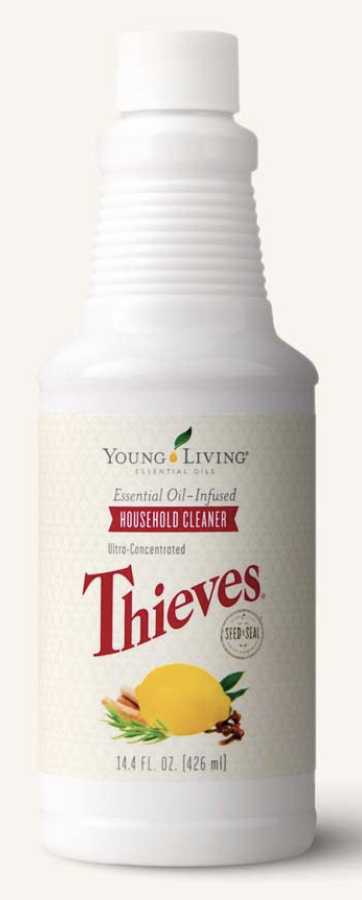
So, if you are not using Thieves Household Cleaner....consider ditching your Fabuloso or any other cleaner immediately! Your health will thank you!
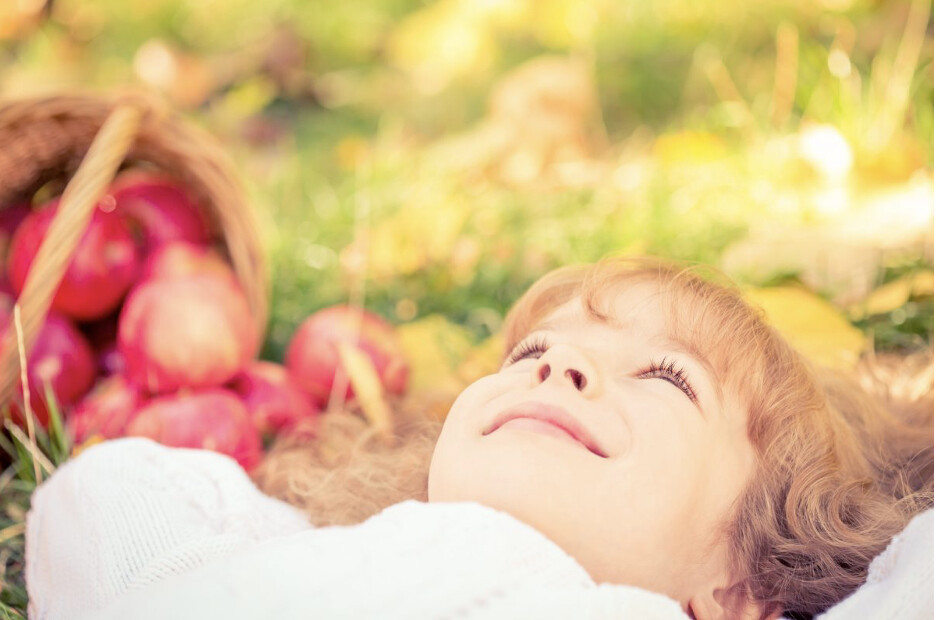
With the temperatures in the Phoenix, AZ (where I live) approaching above 110 degrees (Fahrenheit), sometimes it is just too DARN hot to be outside.....except at 3-4 am! However, not being outside robs us of the best source of Vitamin D....sunshine!
I recently came across an article published by THEEPOCHTIMES.on May 24, 2022, that highlighted that "Vitamin D" is a good source for "Gut Health" too and can be better than all of the probiotics you may be taking now! The doctor noted in the article originally started taking Vitamin D supplements to help with his sleep apnea, but it helped him in ways he did not expect!
I did not know that!
So read on and learn about how Vitamin D works in your gut and what supplements you can take to have a great "gut microbiome"! Read to the very end for my recommendation of a Vitamin D Supplement!
The Most Efficient Way to Boost Gut Health, Better Than Any Amount of Probiotics
You probably know that if you lack vitamin D, you are prone to osteoporosis. In fact, it’s much more than that. Vitamin D also has a large impact on your intestinal health.
Dr. Joel Gould, a Canadian dentist for more than three decades, has cured countless patients of dental problems. However, for most of his life, the doctor had suffered from a painful intestinal disease, Crohn’s disease.
Crohn’s disease is an autoimmune disease, in which the body’s immune system attacks the gastrointestinal tract, causing it to become inflamed. The symptoms of Crohn’s disease include abdominal pain, severe diarrhea, fatigue, weight loss, and malnutrition. The inflammation may occur in different areas of the gastrointestinal tract and may spread deeper into the intestines. Sometimes Crohn’s disease can even lead to life-threatening complications.
One time, Dr. Gould started taking vitamin D supplements to improve his sleep apnea, and three months later, something amazing happened. When he woke up one morning, he suddenly felt very light. The Crohn’s disease that had plagued him for 34 years was cured. Since then, he has never had to take hormonal drugs or antibiotics again. His anxiety and depression, as well as his sleep apnea, had all disappeared, and he was back to full health.
Dr. Gould has been actively sharing his experience ever since. According to him, no matter how much probiotics you take, or even if you get a stool transplant, as long as you don’t have enough vitamin D in your body, you can’t maintain a healthy gut microbiome.
What is the amazing relationship between vitamin D and intestinal health?
Your Intestines Are an Amazing World
Did you know that when the human gastrointestinal tract is expanded, it has a surface area of about 250 to 400 square meters, which is equivalent to a tennis court? In an average person’s lifetime, about 60 tons of food pass through the digestive tract. Isn’t that amazing?
The collection of bacteria that reside in the gut is called the “gut microbiota” or “gut microbiome.” They have been living together with their hosts for thousands of years, forming an intricate and mutually beneficial relationship. There are about 200 to 1000 species of microorganisms in the human intestine. It is estimated that they weigh a total of nearly “four and a half pounds”.
Going deeper into the gastrointestinal tract, the total number of microorganisms gradually increases. In the stomach, the concentration of microorganisms is relatively low, and their number gradually increases in the small intestine, with the highest concentration in the colon.
Vitamin D, on the other hand, is mainly absorbed in the small intestine (especially in the duodenum).
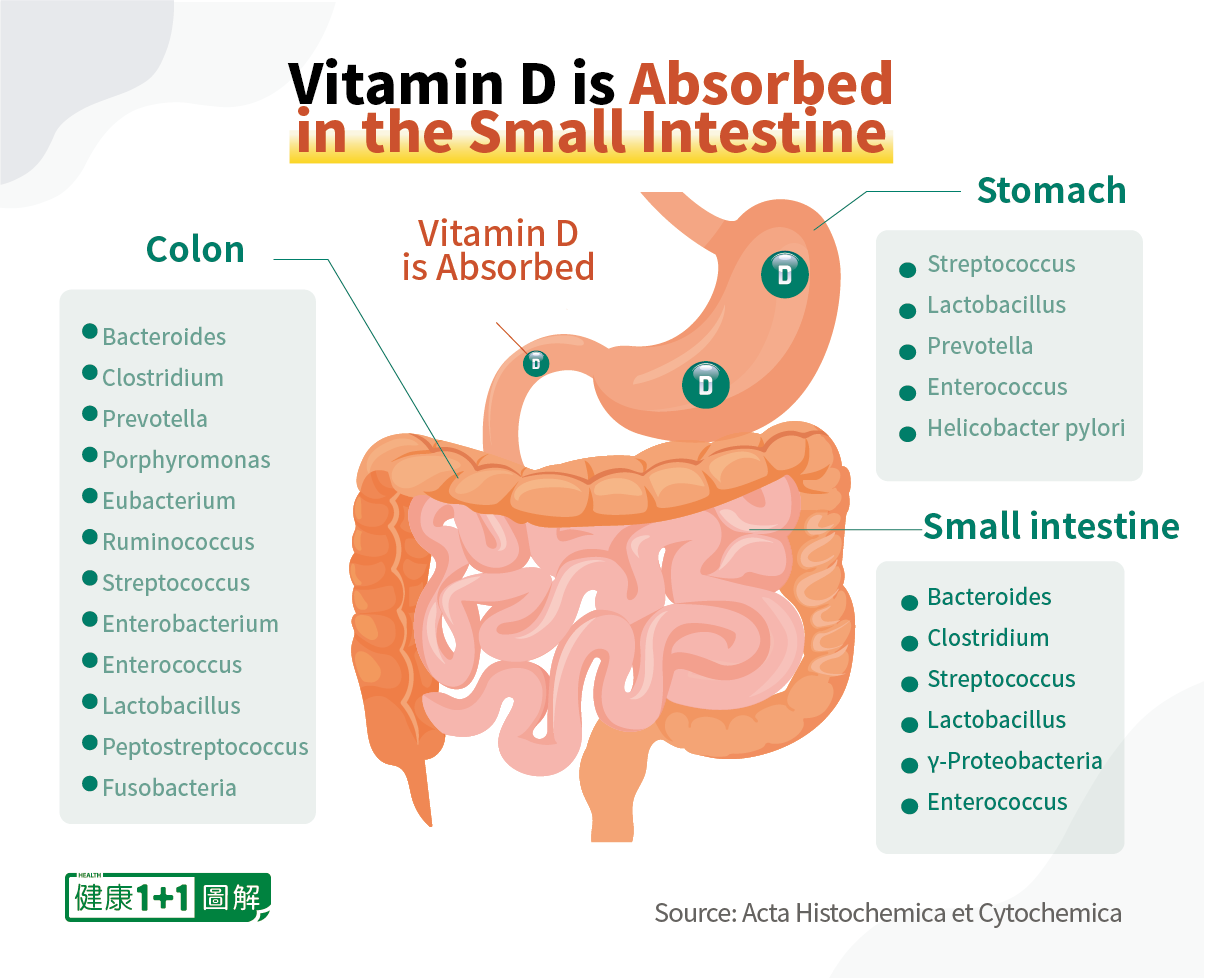
The types and numbers of intestinal bacteria are constantly changing due to the influence of diet, medications, the environment, seasons, stress, and diseases.
The intestinal microbiota are considered an “extra organ” of the human body and are vital to the health of the body. The health of intestinal bacteria also means the health of the intestine. If the intestinal flora is imbalanced, it can lead to various local and systemic diseases in the body.
Vitamin D’s First Benefit: Increases Beneficial Intestinal Bacteria
Many studies have shown that there is a significant correlation between vitamin D intake and the gut microbiota.
In a study published in the journal Nature in 2020, 80 healthy but vitamin D-deficient women took vitamin D supplements, and their gut microbiota were then evaluated by researchers. The results showed that vitamin D supplementation significantly increased the diversity of these women’s gut flora, while promoting an increase of probiotic bacteria.
Researchers in Austria studied the effects of vitamin D3 supplements on the human body. After volunteers took vitamin D3 supplements for eight weeks, the researchers sampled and evaluated the microorganisms in their stomachs, small intestines, colons, and feces. The data showed that vitamin D3 supplementation had modulated the human intestinal microbiota and had a positive effect on the improvement of gastrointestinal disorders, such as inflammatory bowel disease and bacterial infections.
Vitamin D’s Second Benefit: Protects the Intestinal Barrier and Boosts Immunity
In addition, vitamin D can also maintain the health and integrity of the intestinal mucosa.
The intestinal tract is constantly exposed to external bacteria, viruses, and toxins. The superficial barrier of the intestines is like a wall that prevents external enemies from entering. The intestinal barrier is divided into the mucus layer and the epithelial cells, and vitamin D maintains the protective function of these two parts and helps the epithelial cells hold together more closely.
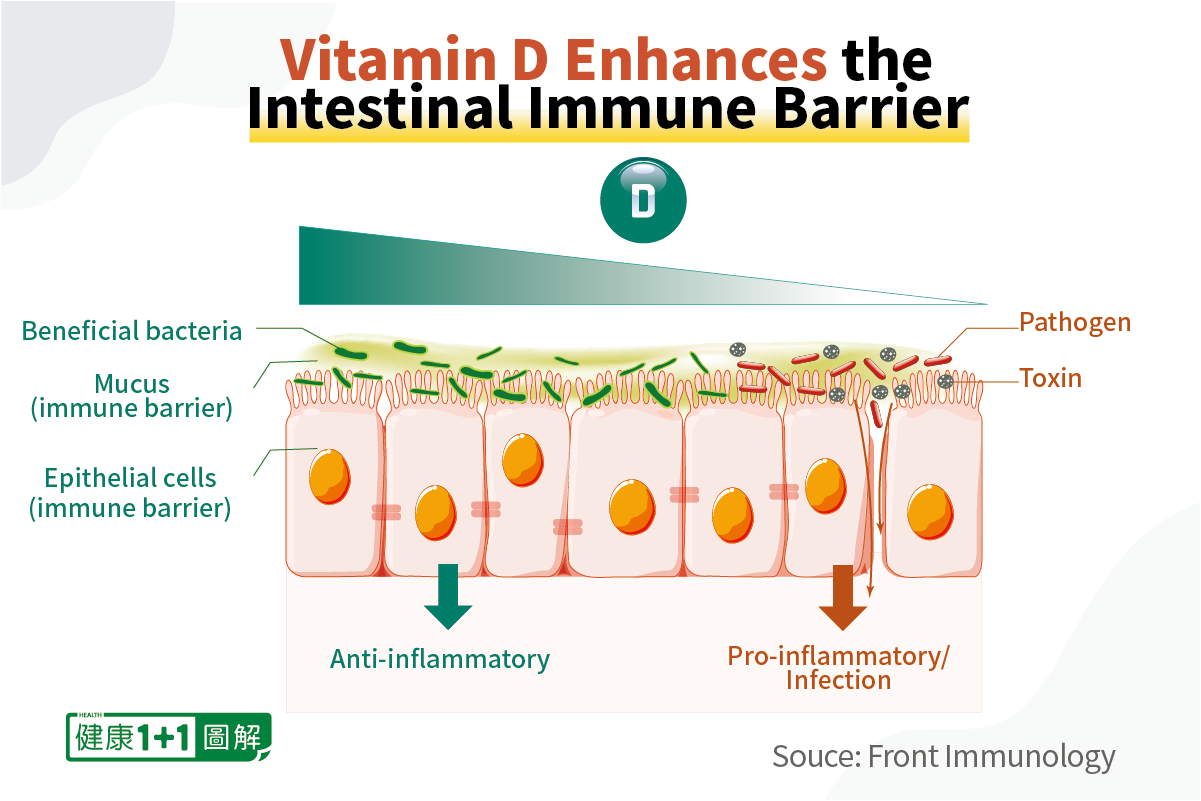
With sufficient vitamin D, the immune system of the intestines can easily perform its anti-disease and anti-inflammatory functions. Whereas if vitamin D is deficient, the intestines are highly susceptible to invasion by pathogens and inflammation.
Furthermore, vitamin D can control the innate and acquired immunities of the intestines and is an excellent preventative for autoimmune diseases.
How to Efficiently Supplement Vitamin D
The most important of the vitamin D family are vitamins D2 and D3.
Vitamins D2 and D3 are originally inactive. However, when they enter the body, the liver converts them into calcifediol, which is the form of vitamin D stored in the body; then the kidneys further convert it into calcitriol, which is the active form of vitamin D.
So, how exactly do we supplement vitamin D?
1. Efficient Basking in the Sunshine
Plants can synthesize water and carbon dioxide into nutrients through photosynthesis. Our human body can also produce vitamin D through a process similar to photosynthesis. Most of our body’s natural vitamin D comes from sunlight.
When the sun’s medium-wavelength ultraviolet B (UVB) rays hit our skin, they will convert a type of cholesterol in the skin into vitamin D3, which then enters the bloodstream.
The most straightforward and inexpensive way to get vitamin D is by basking in the sunlight.
However, if you apply a sufficient amount of sunscreen, the skin’s absorption of vitamin D will be reduced by more than 90 percent. For the most efficient sun exposure, it is recommended that you do not wear sunscreen and expose about one third of your skin to the sunlight for 10 to 20 minutes at noon, three times a week.
Noon is not only the time when the sun’s UVB rays are the strongest, but studies have also shown that the body’s most efficient production of vitamin D is between 11:00 a.m. and 2:00 p.m.
2. Consumption of High-fat Fish, Egg Yolks, and Sun-exposed Mushrooms
Foods rich in vitamin D include cod liver oil, salmon, tuna, sardines, swordfish, beef livers, and egg yolks.
Another food that is also rich in vitamin D is fresh mushrooms that have been exposed to ultraviolet light. In fact, animal-based foods provide vitamin D3, and plant-based foods, such as mushrooms that have been exposed to sunlight, provide vitamin D2.
The vitamin D level of sun-dried mushrooms is about 10 µg/100 g. So next time, before you eat mushrooms, let them get some sunlight!
3. Vitamin D Supplements
If you don’t get enough sunlight and can’t eat a lot of vitamin D-rich foods, then vitamin D supplements are a relatively easy option for you.
Vitamin D3 can be supplemented in the winter, when there is less sunshine.
Since vitamin D is a fat-soluble vitamin, it’s recommended to take the supplements with a meal to ensure absorption.
My recommendation for Vitamin D Supplements is……..
Young Livings Pure Vitamin D Supplement
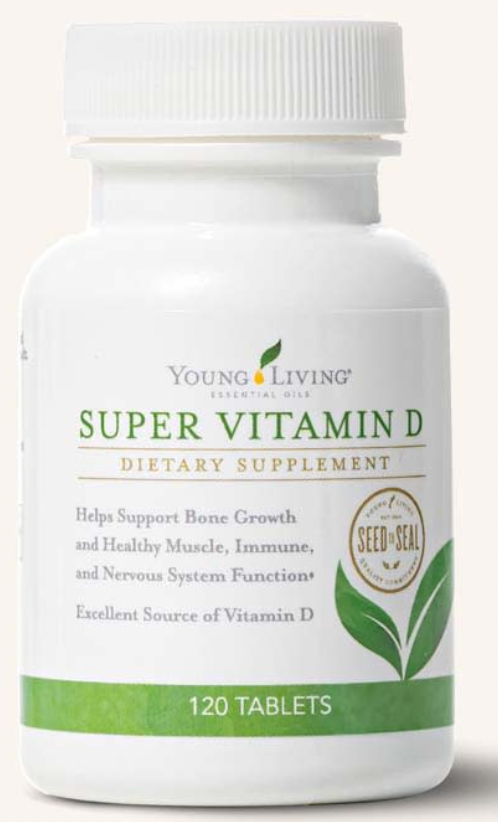 Super Vitamin D supports the immune and respiratory systems with 250 percent of the daily value of vitamin D. Vitamin D plays a key function in respiratory health through innate and adaptive defense mechanisms. Super Vitamin D also supports bone growth and healthy muscles. This highly absorbable, vegan-friendly tablet is made with lemon balm extract and Lime and Melissa premium essential oils, which support mood and hormone regulation.
Super Vitamin D supports the immune and respiratory systems with 250 percent of the daily value of vitamin D. Vitamin D plays a key function in respiratory health through innate and adaptive defense mechanisms. Super Vitamin D also supports bone growth and healthy muscles. This highly absorbable, vegan-friendly tablet is made with lemon balm extract and Lime and Melissa premium essential oils, which support mood and hormone regulation.FEATURES & BENEFITS
· Plays a key function in respiratory health*
· Supports the body’s respiratory immune system through its innate, adaptive defense mechanisms*
· Helps boost healthy immune systems*
· Supports mood and hormone regulation with vitamin D and lemon balm *
· Helps support bone growth and healthy muscle*
· Supports calcium balance and bone growth*



